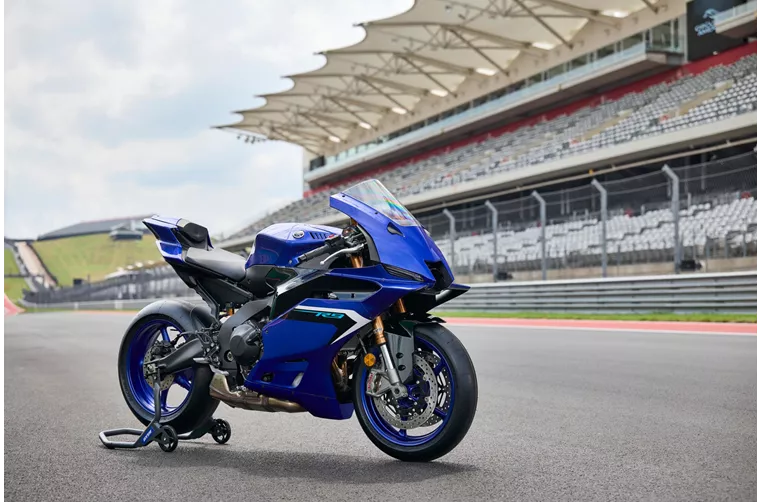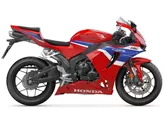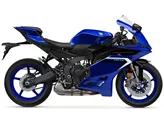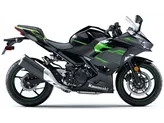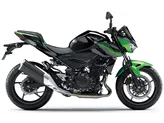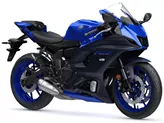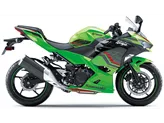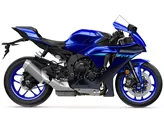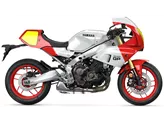Kawasaki Ninja 300 2016 vs. Yamaha R9 2025

Kawasaki Ninja 300 2016

Yamaha R9 2025
Technical Specifications Kawasaki Ninja 300 2016 compared to Yamaha R9 2025
Pros and Cons in comparison
Pros and Cons in comparison
Kawasaki Ninja 300 2016

Unfortunately, our editors did not test this model.
Yamaha R9 2025
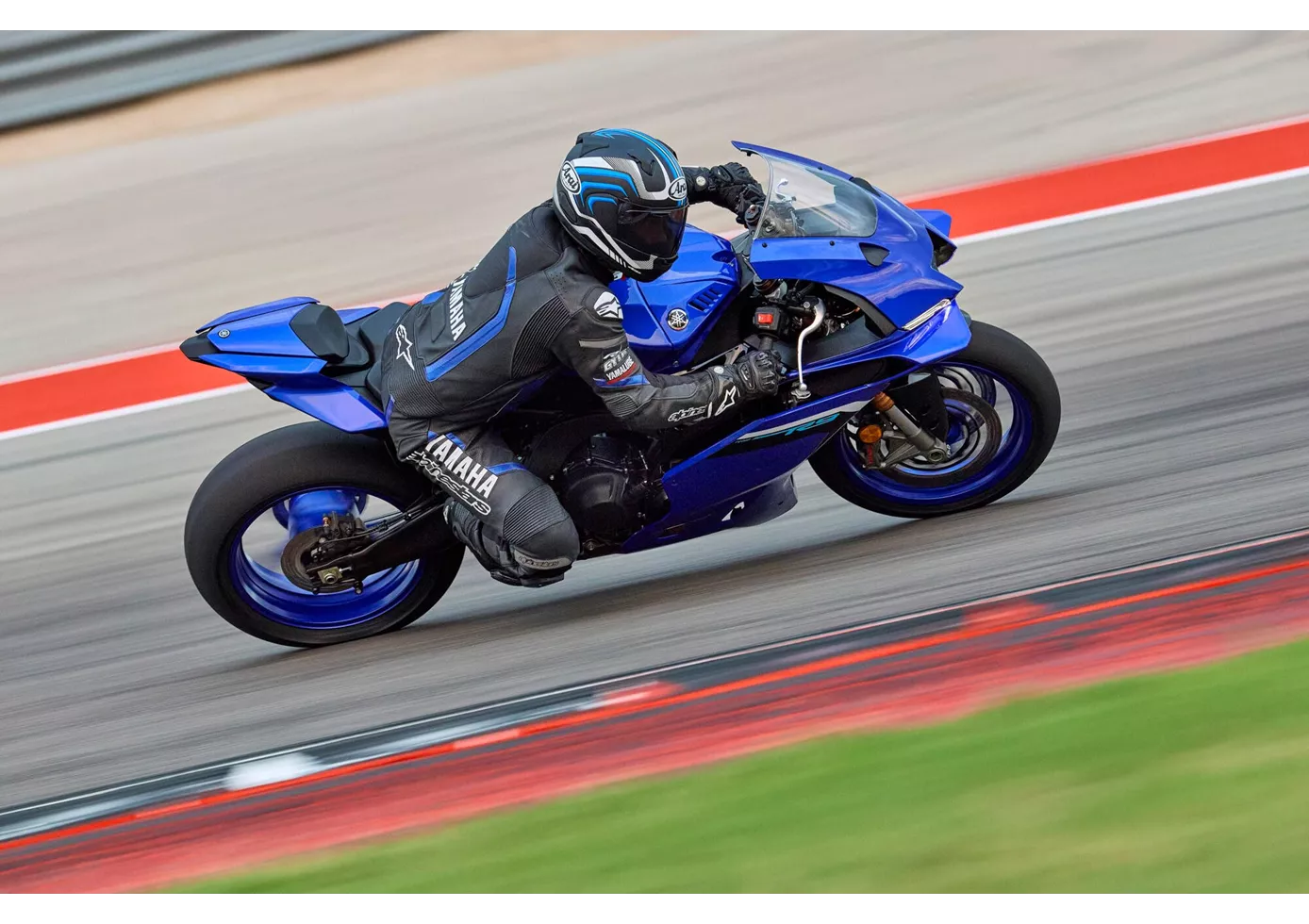
The Yamaha R9 is not a feel-good motorbike for leisurely country road tours - and that's a good thing. It appeals to ambitious riders who are looking for a sporty machine that also excites off the race track. The engine is outstanding, the suspension is top-notch and the brakes are excellent. Only the demanding ergonomics make the Yamaha R9 less attractive for long-distance riders or pleasure bikers. However, if you are looking for a sharp country road weapon with trackday potential, the R9 is an extremely well-rounded and affordable overall package. Be sure to test ride it! This is the only way to find out whether you are the type for the physical and direct nature of the Yamaha R9.

